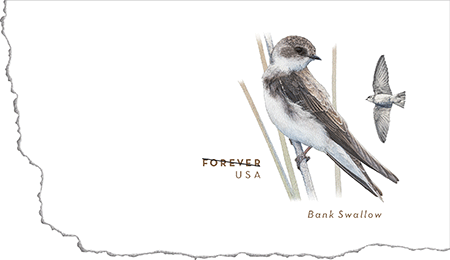It is a good question, and many local people are wondering about the answer. Biologists confirm that swallow numbers have dropped precipitously in the past 50 years, by up to 90 per cent. Researchers describe the decline as “shocking.” The numbers of barn swallows, trees swallows and purple martins have collapsed especially rapidly. “Maybe (the time) when insects are abundant is no longer when swallows are breeding,” suggested Tara Imlay of Dalhousie University. It is as if the peak breeding period, and peak food supply, are no longer in sync. In Ontario, the barn swallow population has fallen by close to 70 per cent since 1966. “The decline is especially alarming because swallows used to be so abundant and widespread,” said expert Bridget Stutchbury. Biologists estimate that in North America about 50 per cent of all songbirds have vanished in the past 50 years.
New data shows that more than one billion have died each year as a result of colliding with high-rise buildings.
Pesticides destroy countless millions and domestic cats on the prowl claim tens of millions more.
In North America, swallows are declining faster than any other songbirds, researchers confirm. In Ontario, the barn swallow was listed as threatened in 2012.
One reason barn swallows are in sharp decline is that old-style wooden barns, with nice beams suitable for swallow nest sites, are being torn down and replaced by metal sheds with no access windows and tight doors.
The North American Breeding Bird Survey confirms that all populations of swallows and swifts have been in a free-fall since 1966.
According to Mike Cadman of the Canadian Wildlife Service, there is no clear reason for the observed collapse of swallow numbers.
“The species that migrate the farthest south, like chimney swifts, barn and bank swallows, are experiencing the biggest declines,” he confirmed.
He added that any factor that drives down insect numbers will have “unpleasant consequences for the creatures that eat them.”
Swallows are fast fliers, and barn swallows, measured at 48 mph, are the fastest of the group.
In general, swallows are not long-lived birds. The oldest barn swallow on record lived eight years, one month.
The oldest tree swallow lived 12 years, one month, the oldest purple martin 13 years, nine months, and the oldest bank swallow eight years.
All of the swallow longevity figures are derived from banding studies.
Source: Simcoe.com, July 24, 2015
http://www.simcoe.com/opinion-story/5749979-swallow-populations-in-free…

- Log in to post comments
